Building Construction Step by Step
Preparation or Standardization of the Location:
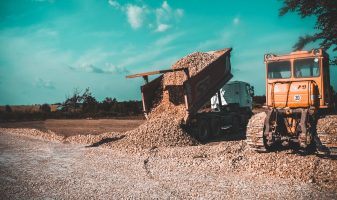
Before further operations, the ground needs to be cleaned and levelled Sometimes the platform may not need to level. It all relies on building plans.
Foundation:
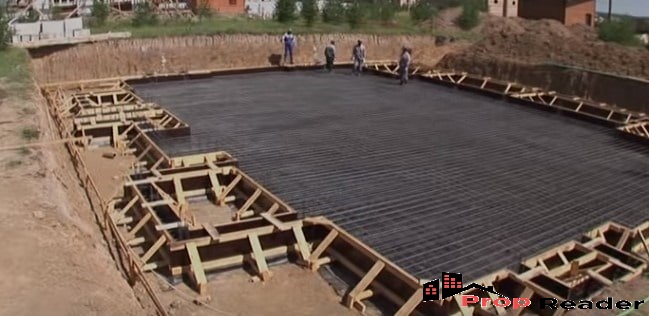
Foundation is the foundation of the house that is in contact with the ground. This moves the load from the superstructure to the soil on the ground which requires extreme energy to handle the load. Upon excavation and concreting, the reinforcing for the base is fitted. Until pouring the concrete, the base depth of the foundations should be tested.
Excavation and PCC:
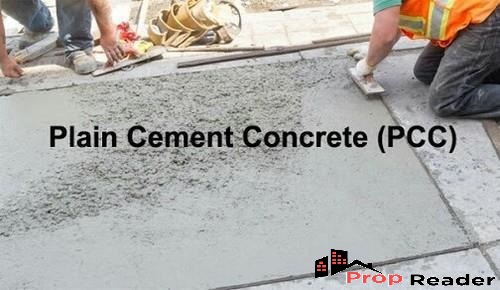
Excavation is the drilling of holes in the ground to make things fit for the building's base substructure. Upon excavating the land, a sheet of PCC (Plain cement concrete) is spread in the excavated section before the base reinforcements are installed.
Plinth beam and slab:
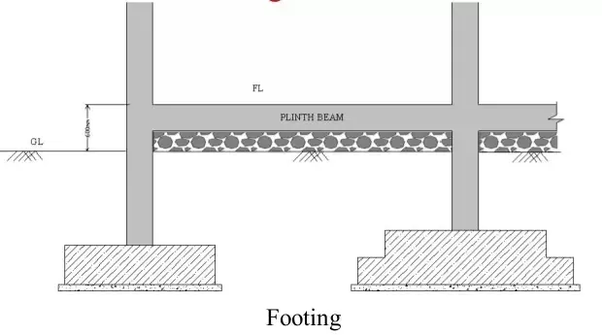
The field beam replacements are primed once the base is installed, and then concreting is finished. Masonry is rendered over the foundation board later and plinth base concreting is performed over it. Compacted soil fills the void between the ground point and the plinth level.
Super Structure – Column:
The main structure for the house is begun after the plinth surface is repaired. The columns are being lifted and the foundation is being fitted for further building.
Masonry:
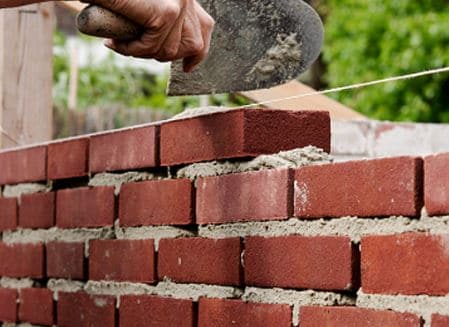
The walls are subsequently constructed according to the planned design with various materials such as tiles, concrete blocks, fly ash bricks etc. Masonry work using cement mortar is carried out. Cement mortar is a cement and sand blend. Instead, during the masonry work, gaps are laid for doors and windows.
Lintel panel holes over the entrance:
Lintels are designed for the masonry function over the doors and windows with reinforcement and concreting.
Upper floor slab with beam or Roof structure:
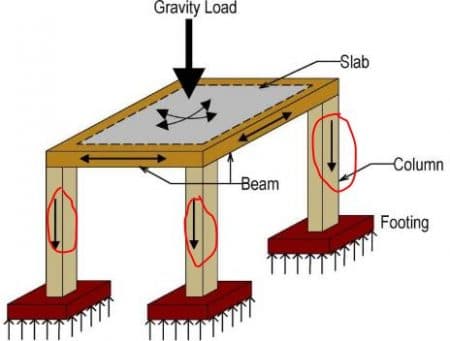
The job of the masonry is completed. The upper floor slab is then fitted with the beams lying on the bases of concrete. The beam and floor supports are assembled and the mortar is poured in a single day. Curing is done later.
Door construction and fastening:
Once the walls and framework are primed for the coating, the door and window frames are mounted. Later the doors and window panels are fixed without finishes.
Rough in’s:
The plumbing and electrical wires and pipes are installed in the walls and slabs so once the finishing work is done, they are concealed and not visible. The cables and pipes are left out so that the electrical fitting and plumbing fixtures can be finished later.
Exterior finishing:
As soon as the superstructure is finished, the exterior plastering and painting is also begun. Often, water proofing is done to prevent the impact of temperature. Cladding can also be done to improve the house's height.s
Terrace and roof finishing:

Water proofing is done on the terrace and usually terrazzo tiles are applied on the slabs To block the heat from escaping.
Internal finishing:
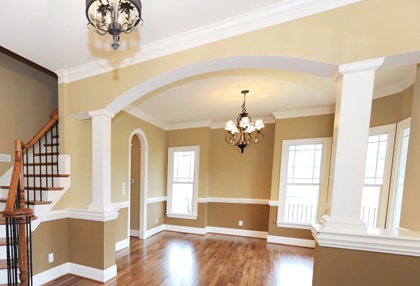
The walls are plastered and the surfaces are levelled and tiling is carried out. painting and tiling on the walls are done afterwards.
Wood work and Fixture fittings:
Once the building phase has been completed Construction on furniture is starting. Electrical lighting, control boards and other electrical equipment are mounted side by side. In the bathrooms and kitchen areas, plumbing fittings are also complete.
With proper finishing and fabric use, interior decoration is the last step in completing the building.
See Also: How to decide quality of building construction